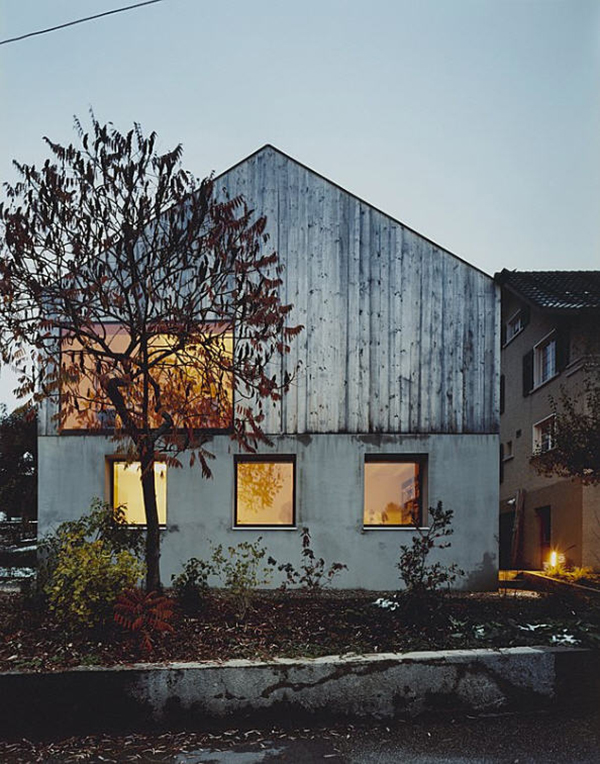Born from Kyoto's Tradition of Beauty
It is said that the history of wire netting ware ("Kanaami" in Japanese) in Kyoto goes back more than ten centuries. Used as kitchen utensils in Kyoto cuisine, these tools have been cherished by chefs in the city through the ages.
At Kanaami-Tsuji, using the wisdom and experience of the past, our concept is to produce handmade utensils that can be also used in contemporary lifestyles.
At Kanaami-Tsuji, using the wisdom and experience of the past, our concept is to produce handmade utensils that can be also used in contemporary lifestyles.
At Kanaami-Tsuji, using original techniques such as kiku-dashi ("chrysanthemum pattern") and kikko-ami ("tortoise shell netting"), we offer tofu servers and tea sifts that are individually handmade. We also accept custom-made orders for metal grills to match specific bowls or vessels.
Furthermore, we also produce ceremonial keko dishes used in Buddhist rituals.In these ways our hand woven metal products take a variety of shapes and are sold in various retailers around the country. In recent years, we have actively incorporated new metal weaving techniques. via artnau
































































